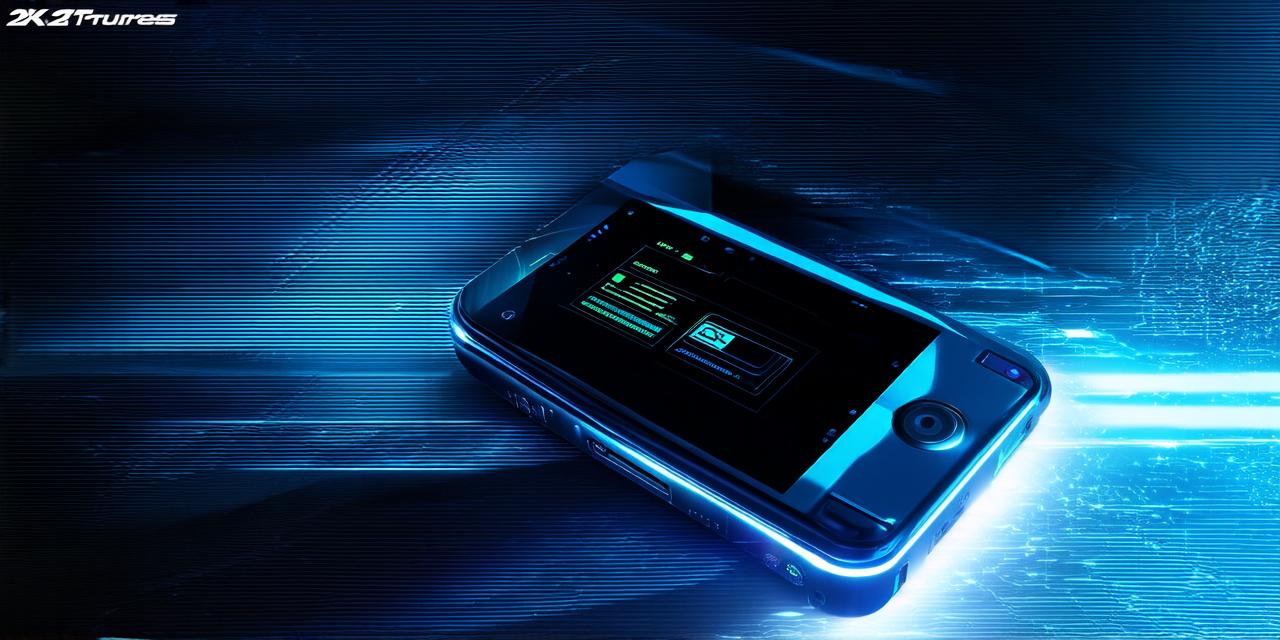Augmented reality (AR) is a technology that enhances the real-world environment with digital elements. It has gained popularity in recent years, especially with the development of smartphones and tablets. AR applications have the potential to revolutionize various industries such as entertainment, education, healthcare, and more. However, developing an AR application can be challenging, requiring specialized skills and knowledge.
Introduction
Before starting the development process, it is essential to define the target audience and use case of the AR application. The target audience will help determine the features and functionality required for the application. Use cases should be specific, measurable, achievable, relevant, and time-bound (SMART). This will ensure that the application meets the needs and expectations of the users.
1. Define the target audience and use case
Before starting the development process, it is essential to define the target audience and use case of the AR application. The target audience will help determine the features and functionality required for the application. Use cases should be specific, measurable, achievable, relevant, and time-bound (SMART). This will ensure that the application meets the needs and expectations of the users.
Case study: Snapchat
Snapchat is an AR application that has gained immense popularity among young people. The application allows users to add digital filters and effects to their photos and videos. The target audience for Snapchat is teenagers and young adults who enjoy sharing visual content on social media platforms. The use case of Snapchat is to provide a platform for users to create and share fun and engaging content with friends and family.
2. Choose the right AR technology
There are various AR technologies available, including marker-based, device-based, and cloud-based. Each technology has its advantages and disadvantages. Marker-based AR requires physical markers such as QR codes or image recognition to trigger the application. Device-based AR relies on the device’s sensors and cameras to track the user’s location and surroundings. Cloud-based AR uses remote servers to process and render the digital elements.
Case study: Pokemon Go
Pokemon Go is a popular AR game that was launched in 2016. The application uses device-based AR technology, relying on the smartphone’s sensors and cameras to track the user’s location and surroundings. Players can capture and train virtual creatures called Pokemon by exploring real-world environments such as parks, monuments, and museums.
3. Plan the user interface and experience
The user interface (UI) and experience (UX) are critical components of an AR application. The UI should be intuitive and easy to use, with clear instructions and prompts for users. The UX should be engaging and immersive, providing a seamless transition between the real-world environment and the digital elements.
Case study: IKEA Place
IKEA Place is an AR application that allows users to visualize how furniture and accessories would look in their homes before making a purchase. The application uses marker-based AR technology, with physical markers such as furniture pieces placed on the floor to trigger the application. The UI is simple and intuitive, allowing users to drag and drop items into the virtual space and adjust their size and position.
4. Optimize for performance and compatibility
AR applications require a high level of processing power and memory to render the digital elements in real-time. It is essential to optimize the application for performance and compatibility with various devices and platforms. This includes reducing the number of polygons, textures, and effects used in the application and minimizing the data transfer between the device and the server.
Case study: Magic Leap One

Magic Leap One is an AR headset that was launched in 2018. The headset has a high level of processing power and memory, allowing it to render complex digital environments in real-time. However, the application must be optimized for performance to ensure smooth operation on the device.
5. Test and iterate
Testing and iteration are critical components of the development process. It is essential to test the application with various devices and platforms to identify and fix any issues that may arise. User feedback should also be collected and incorporated into the application to improve its usability and effectiveness.
Case study: Anchor
Anchor is an AR application that allows users to create, share, and discover augmented reality content. The application was launched in 2016 and has since been updated and improved based on user feedback and testing.
